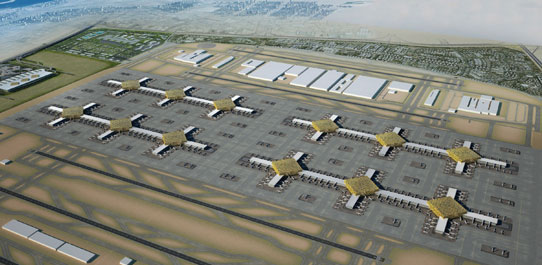I have always chuckled when I have heard that classic Yogi Berra line. But now it makes more sense than ever.
I left Aviation Maintenance a bit more than a year ago to pursue another position. Having done that and then been given the opportunity to return to this publication as its editor-in-chief once again, I am delighted to be back. This will be the third time I have been editor of this magazine.
The truth is, you don’t know what you’ve got till it’s gone and although I learned a lot and enjoyed my time away, I am so happy to be back with a group of people dedicated to brining you the best, most useful and pertinent information for your business niche – maintaining aircraft.
I am also so very pleased to, once again, be among the most dedicated professionals in the aviation industry – you – our readers. As I have been telling people for years, the people that work in the aviation maintenance profession are among the hardest working, loyal, responsible, intelligent and creative workers I have ever encountered. It makes me so proud to be back here with the goal of helping bring you insightful information meant to help you learn, grow and meet the challenges of keeping the aircraft of the world flying safely.
I am grateful to Andrew Drwiega for keeping the magazine in good stead while I was away and I am incredibly grateful to our owner/publisher, Adrian Broadbent, for coming back around to offer me to opportunity to return. In addition to this editorial change, we also have additional new, focused members of the sales team. Paul McPherson is joining us to lead East Coast U. S. sales. Danny Faupel is coming aboard to head up West Coast U. S. sales. Becky Duclos is taking on our classified/back-of-book sales. Also newly focused is Josephine Zhu, who will lead China and Asia Pacific sales. As always, Jina Lawrence will continue to champion our European sales.
I have always been proud of the people who read this magazine and the amazing work you do. I have also been so proud to be a part of the team that covers this industry and of the publication that brings you key information to help you do your jobs better, faster, more efficiently and more safely. Now more than ever because, as the only independently audited publication in our market, we can say we are the largest, most widely read publication in the market.
As I mentioned, this is the third time I have taken the reins here at AVM and you know what they say…third time’s the charm!
 In the State of Qatar, the third phase of the project to expand Hamad International Airport (HIA) in Doha is due to begin this year. According to Akbar Al Baker, group chief executive of Qatar Airways, the new expansion will “take the ultimate capacity to over 65 million passengers (annually).” However, Qatar has huge natural gas reserves to fall back on…and price cutting to win passengers has not gone down well with the other Gulf carriers.
In the State of Qatar, the third phase of the project to expand Hamad International Airport (HIA) in Doha is due to begin this year. According to Akbar Al Baker, group chief executive of Qatar Airways, the new expansion will “take the ultimate capacity to over 65 million passengers (annually).” However, Qatar has huge natural gas reserves to fall back on…and price cutting to win passengers has not gone down well with the other Gulf carriers.